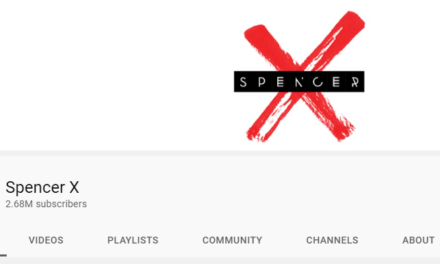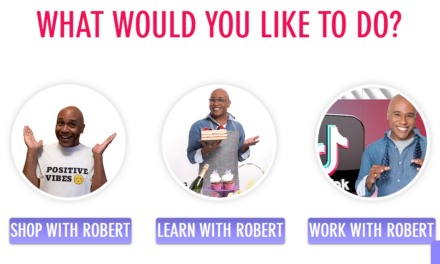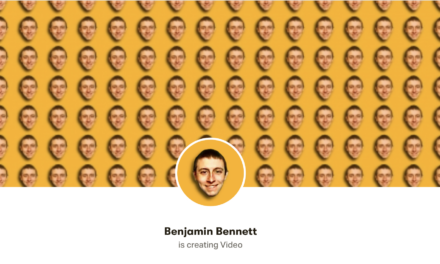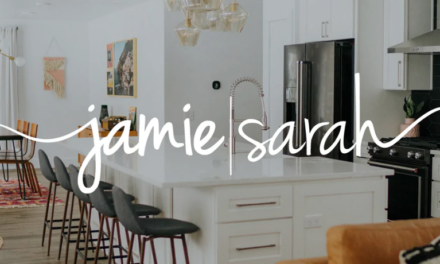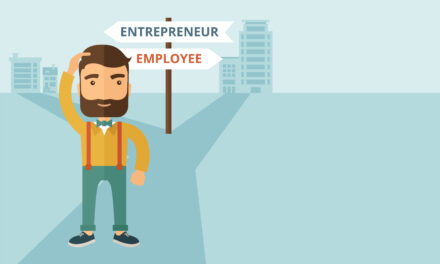Entrepreneur: Lindsey Gamble
Biz: Lindsey Gamble’s Newsletter
Tilt: Creator and brand partnerships, influencer innovation
Primary Channel: Newsletter (4.1K)
Other Channels: LinkedIn (7.7K), X (2K), Instagram (1.9K)
Time to First Dollar: 5 months
Rev Streams: Brand sponsorships, speaking engagements
Our Favorite Actionable Advice:
- Don’t focus on performance results. Early on, resist the desire to focus on the metrics. Growth will happen if the value of your content is evident to the audience.
- Know it’s OK to stay part-time. Lindsey spends 20 to 24 hours a week on his content business while working a full-time job in the creator economy. He has no plans to leave his day job. The two work well together, elevating Lindsey as a thought leader in the creator economy.
- It’s about the audience. Always remember that the content is about the audience. Don’t write for yourself. Ask what you can do to empower and help the audience.
The Story of Lindsey Gamble
Lindsey Gamble played football at Bryant University in Rhode Island, where he started as a finance major but found it wasn’t the right fit. Considering himself more of a writer, he switched to communications. He also worked out with some NFL teams and did a pro day, but after his 2010 graduation, he knew his NFL aspirations wouldn’t happen.
Using his college major, Lindsey sought a job in social media or public relations. He applied for at least a dozen positions and made it to a couple of second-round interviews, but his lack of experience hurt him.
One of his temp jobs – at the Dana-Farber Cancer Institute in the clinical research office – led to a full-time job reviewing clinical studies. The job didn’t require work outside his 9-to-5, allowing him to launch a music blog and become a part-time content entrepreneur.
Getting experience through content business
The music blog Hard in the Paint focused on the hip-hop scene in Boston. He built a website using WordPress. He interviewed artists and covered concerts and events. His side hustle gave Lindsey the experience he needed.
“I thought if no one’s going to give me the opportunity to do it. Let me prove it and build something on the side,” he tells The Tilt.
He gained experience using social media and digital marketing. Before he even knew what influencer marketing was, Lindsey was doing brand deals with Converse and Skype. He covered concerts for Skype in exchange for a ticket and a small fee.
He also helped artists get their songs posted on other platforms, charging $500 to $800 for the service. His YouTube channel earned some revenue every few months. He generated ad revenue on the blog via Google Adsense. He sold merch for the blog that generated $1K over the six to seven years he ran the blog.
Side hustle experience pays off
Lindsey’s self-made internship paid off. In 2017, Lindsey secured a position at Influence Central, an influencer marketing agency, working with a bunch of brands until he got laid off six months later.
During this time, he closed his music blog after it got hacked and switched the website domain to his name. He switched his content tilt to social media and the creator economy. He also found a job at Mavrck, an influencer marketing platform and solutions company. It now operates as Later.
For 2.5 years, Lindsey worked as an influencer marketing operations manager, helping brands build their strategy and managing their campaigns. In January 2022, Lindsey moved into his current role as associate director of influencer innovation. He investigates how brands and creators can work together and use existing platforms in unique ways.
Becoming a content entrepreneur
Lindsey repurposed what he was learning at work as he continued his self-titled blog on creator economy trends. He also posted his content on LinkedIn. The more he posted, the more feedback he received. As Lindsey grew his audience on the platform, he established himself as a thought leader in the creator economy space. In 2022, Lindsey was recognized as one of the Top 10 LinkedIn Voices To Follow in the Creator Economy.
During this time, Lindsey also saw the value of newsletters as something that could cut through the noise. In December 2021, he launched a newsletter on Squarespace. He had a few subscribers from his website, and he learned on the go about how to construct and send a newsletter. But he realized Squarespace was better designed for creators selling products, not sending newsletters.
Lindsey also saw LinkedIn leaning into newsletters but was hesitant because it didn’t give him direct access to his subscribers. “(But) for me, it wasn’t so much getting the emails as it was making sure that my content was being consumed by the audience and making it easier to consume,” he says.
He launched Lindsey Gamble’s Newsletter on Linkedin a year ago and has grown it to 3K subscribers. It’s helped him grow his side hustle. His content is getting noticed by C-level executives from huge creator economy companies.
In May 2023, he added Lindsey Gamble’s Newsletter to Beehiiv, which he found more user-friendly for his goals.
Operating part-time
As a part-time content entrepreneur, Lindsey focuses differently on monetization than full-time entrepreneurs. His full-time job pays the bills. He views his content business as a way to position himself as a thought leader, devoting about 20 to 25 hours a week to it.
Lindsey monetizes the newsletter, which includes the same content, on Beehiiv and LinkedIn through brand partnerships and sponsored content. At this point, he has no plans to switch to a full-time content entrepreneur. For now, he enjoys expressing himself and helping other creators in his full-time and part-time gigs.
Advice for content entrepreneurs
Lindsey shares these two pieces of advice for expert creators thinking about or already running a content business:
- Analyze what voice and perspective you can bring to the space. Lindsey has consistently been surprised at the power of a unique voice and perspective. It helps you stand out and builds on itself until momentum eventually picks up and you begin to be recognized as a leader in your space.
- A side hustle is still a hustle. Being a part-time content entrepreneur is not easy. You can’t effectively run the business in a few hours a week. Lindsey spends 20 to 25 hours each week consuming content, writing, and running the business.
Get stories of content creators and business advice for creator entrepreneurs every Tuesday and Friday in The Tilt newsletter. Subscribe today.
About the author
Marc Maxhimer is the Partnerships & Publishing Coordinator at Tilt Publishing. He holds a bachelor’s degree in English and mathematics education and a master’s degree in educational administration. He previously taught middle school for 16 years. Marc lives in (and loves all things) Cleveland with his wife, two daughters, and dog Wilson. He looks forward to helping any content entrepreneur publish their book.



